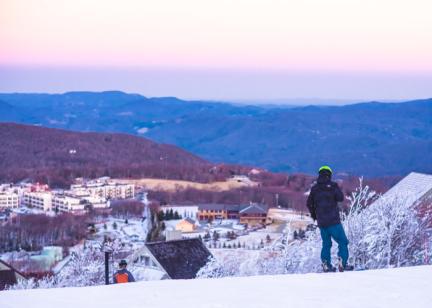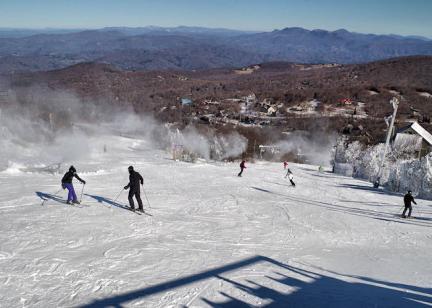Biltmore's Annual Pass Sale Is Live - Limited Time Offer
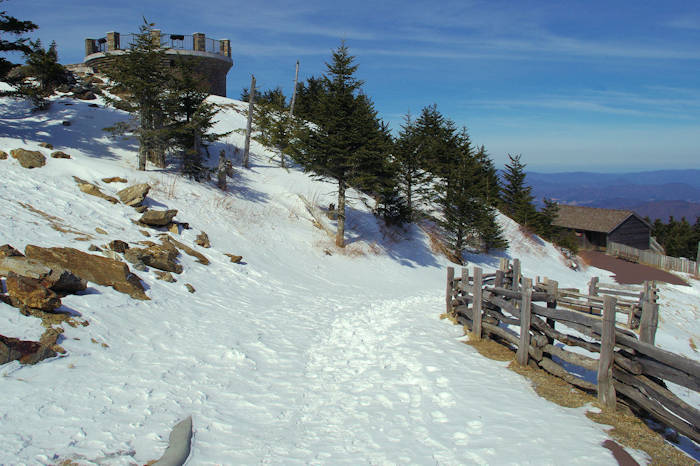
Hike on the highest trail east of the Mississippi! The Balsam Nature Trail near the Mt. Mitchell summit is an easy 3/4-mile easy loop hike. Go to the top of the observation deck, and as you head back to the parking lot, look for the Balsam Trail on the right. The trails ends at the parking lot. Walk through a dense fir forest, and stop at information stations along the way to learn more about the environment atop Mt. Mitchell. It’s a great hike for any time during the year. In the summer, it’s always 15-20 degrees cooler here than the valleys below. In the winter, it can be a fun hike in the snow since the park rangers keep the roads clear as much as possible during the winter.
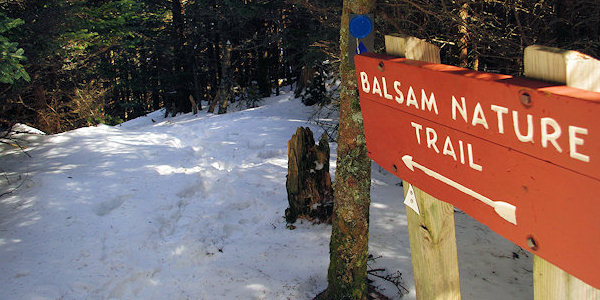
If you visit during the winter, you will need to access Mt. Mitchell via the Blue Ridge Parkway from the north. The Parkway south of Mt. Mitchell is closed much of the winter. The Mt. Mitchell park rangers clears snow from the Blue Ridge Parkway north to Highway 80 so people can access the park year-round. It's occassionally closed for snow and ice (they get 100+ inches of snow each year). Call the Park office at 828-675-4611 to check winter road conditions.
Directions: Take I-40 East from Asheville to Exit 86 in Marion. Follow U.S. 221 North about 10 miles to U.S. 70 West. Go about two miles to NC Highway 80 and go north to the Parkway (about 12 miles). Drive south on the Parkway about 10 miles to the entrance of Mt. Mitchell State Park.
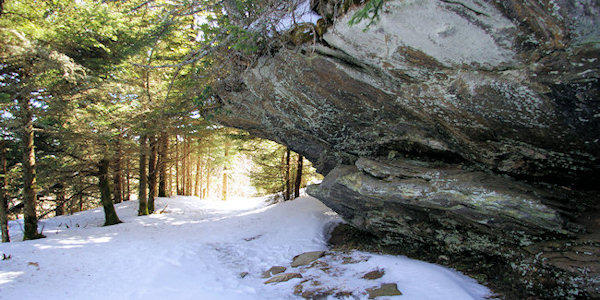
The flora of Mount Mitchell remains among the most distinctive and diverse in the Southern Appalachians. The park protects an extensive assortment of rare plant and animal species, and the spruce-fir forests, while greatly diminished, are still present. Red spruce, fire cherry, yellow birch, mountain ash, and mountain maple have filled gaps opened by the loss of Fraser fir, and other native plant species such as blueberry, mountain raspberry, red elder, and bush honeysuckle produce beautiful blossoms and lend fragrance to the air. Wildflowers, including ox-eye daisy, white snakeroot, purple-fringed orchid, St. John's wort and pink turtlehead color the landscape.
The Visitors Center on the summit is closed during winter months, but the hiking trails are always open.


